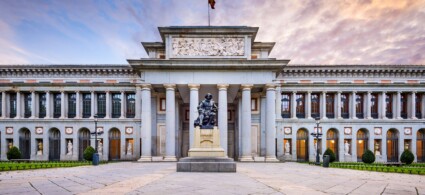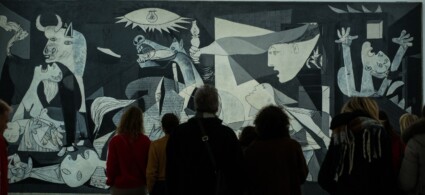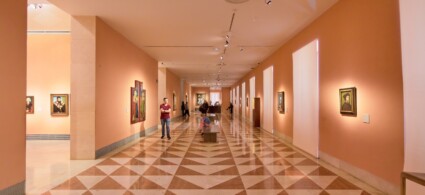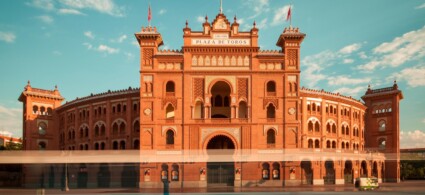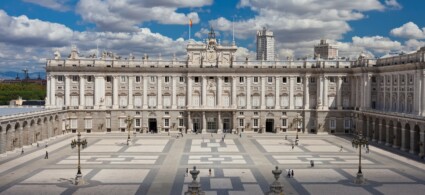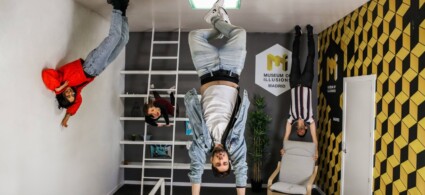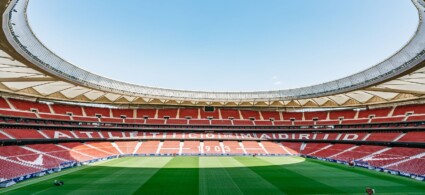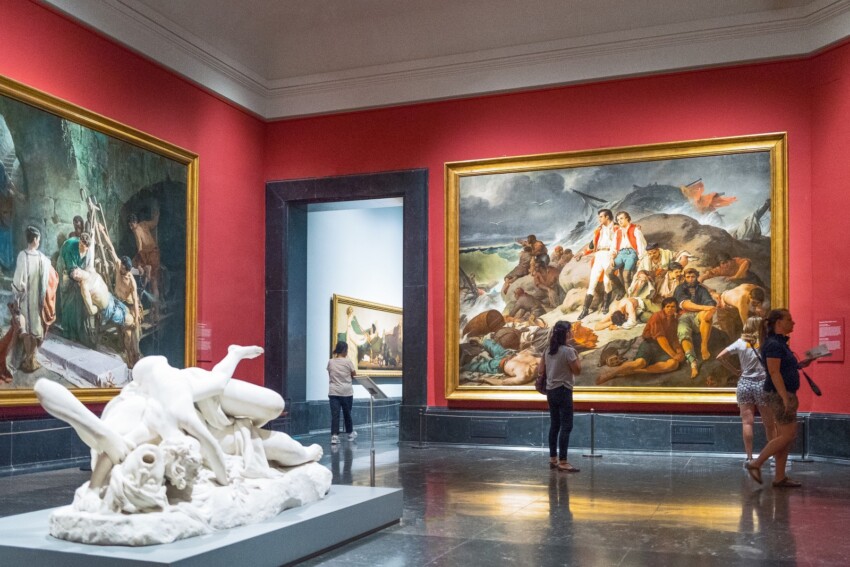

Few other cities link their fame as indissolubly to prestigious cultural institutions as the Spanish capital: Madrid ‘s museums are undoubtedly the city’s main tourist attraction.
Thanks to the presence of the royal court for many centuries, Madrid has accumulated an enviable artistic and cultural heritage, scattered in the city’s various museums and art galleries.
The three most important ones – the Prado Museum, the Museo Nacional Reina Sofía and the Thyssen-Bornesmiza Museum – are concentrated along a single street that has been given the well-deserved name of Paseo del Arte. With these you could already fill a whole weekend, but in Madrid you will find many other interesting museums of art, history, literature, architecture and more.
Here is the list of must-see museums in Madrid.
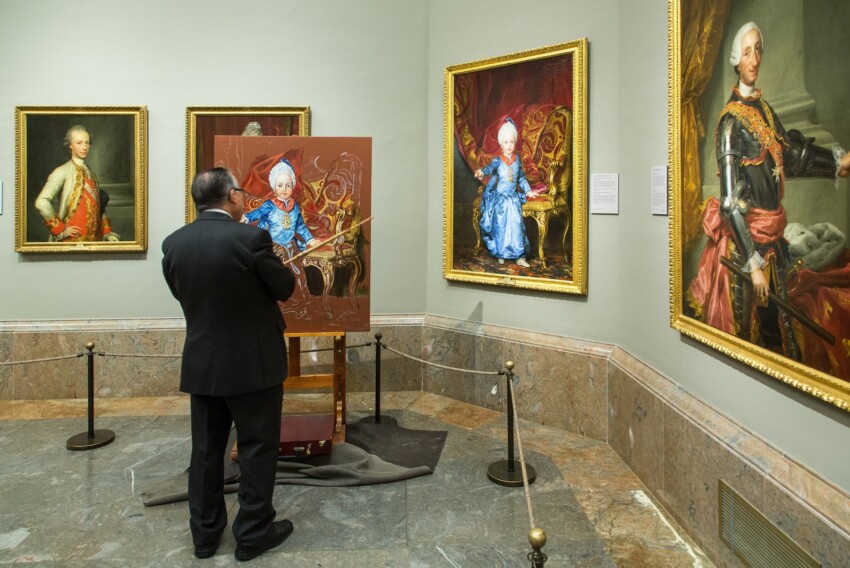
The Prado Museum is one of those tourist attractions that needs no introduction. One of the most important cultural institutions in the world, this museum with a two-hundred-year history attracts millions of visitors to Madrid every year.
Walking through the rooms of this gigantic museum is like taking a journey through Spanish and European painting from the 12th century to the 19th century: you can admire the masterpieces of artists who have made art history, such as Goya, Velázquez, Tiepolo, Titian, Dürer, Rubens, Rogier Van Der Weyden, El Greco and Bosch.
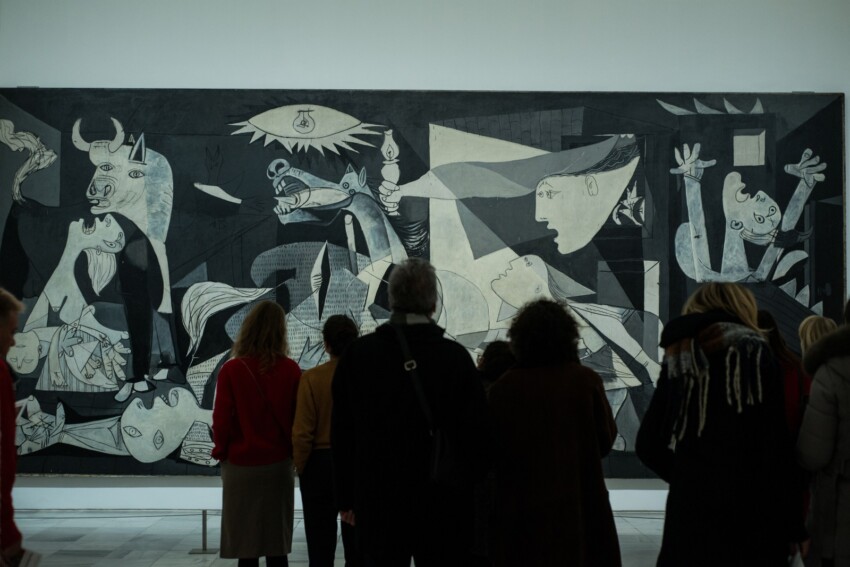
Where the Prado stops, the Reina Sofia begins, ideally taking up the artistic path of the first museum with works from the late 19th century to the present day. It is the temple of modern and contemporary art, where you can discover the genius, whimsy and complexity of painters such as Picasso, Dali, Miró and other Spanish and European artists.
The undisputed masterpiece of the Museo Nacional Reina Sofía is Picasso’s famous Guernica, the dramatic tale in images of the destruction of a Basque town during the civil war, which became a manifesto against dictatorial regimes and the violence of war.
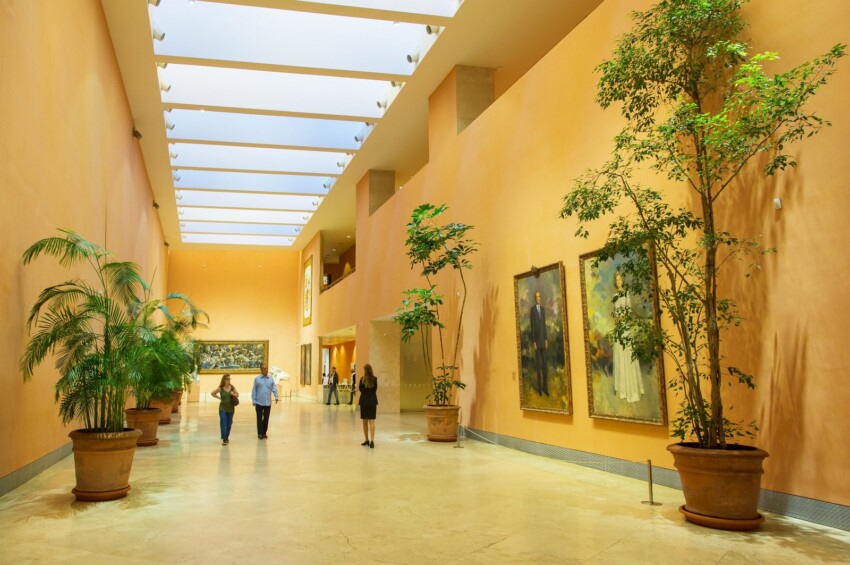
The Thyssen-Bornemisza Museum is the least known of Madrid’s three great museums on the Paseo del Arte but is no less interesting: on display are works by the likes of Duccio, Van Eyck, Dürer, Caravaggio, Rubens, Monet, Van Gogh, Gauguin, Kirchner, Mondrian, Klee, Hopper, Dali and Lichtenstein.
The museum’s eclectic collection, with works ranging from the Middle Ages to the end of the 20th century, is the result of the German barons Thyssen-Bornemisza’s passion for art.
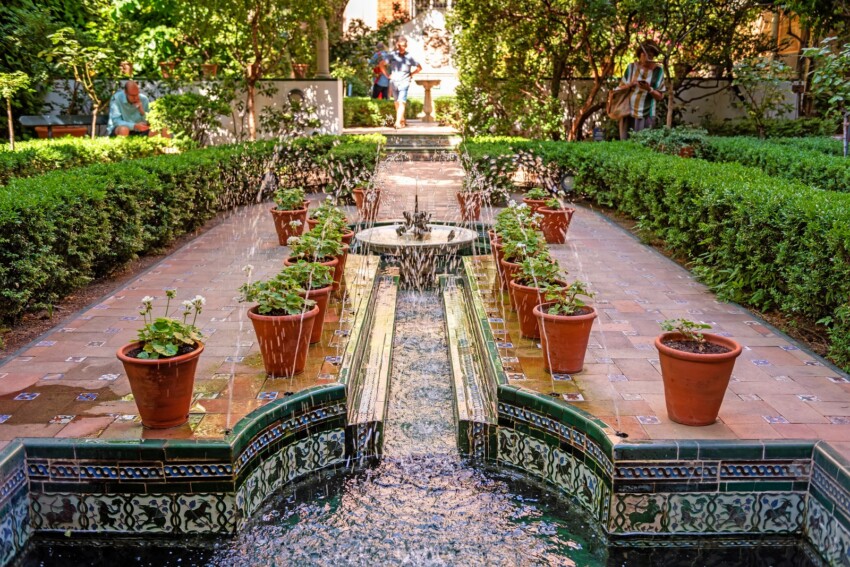
A special case among Madrid’s art museums is the Museo Sorolla, dedicated to the Spanish painter Joaquín Sorolla y Bastida, who lived between 1863 and 1923. The museum is housed in the painter’s house, which he designed himself: an elegant mansion with a romantic garden in the Chamberi district.
It is one of the best-preserved artists’ houses in Europe, transformed into a museum by the will of the painter’s widow: a unique opportunity to see the rooms where one of the most prolific protagonists of Spanish painting at the turn of the 19th and 20th centuries lived and worked, as well as the richest collection of his works.
On display are paintings and drawings by the artist, as well as a number of objects he collected during his lifetime.
Another interesting house-museum in the city of Madrid is that of Lope de Vega, one of the most important playwrights in the world, who lived in the 17th century, the golden century of Spanish history and culture. It is ironic to think that the street where the writer lived from 1610 to 1635 is now named after Cervantes, Lope de Vega’s rival.
Profoundly altered over the centuries, the house we can admire today is the result of a painstaking reconstruction carried out by the Real Academia de la Langue, with the aim of recreating the everyday life environment in which the famous playwright lived.
The writer’s study, oratory and back garden have been recreated, places that he particularly loved; some of the furniture and paintings on display were his property.
For couples who want to celebrate their love, incurable dreamers, die-hard fans of films like ‘Sense and Sensibility’ or simple history buffs, the must-see attraction in Madrid is the Museum of Romanticism, housed in an elegant 18th-century palace that belonged to the Marquis of Matallana.
The museum will let you discover all the secrets of the cultural, political and everyday life of Romantic Madrid through the works of painters such as Goya, Esquivel, Madrazo, Alenza and the Bécquer brothers, the precious ceramics of Sargadelos and Sèvres, jewellery made of ebony, lava or natural hair that was fashionable at the time.
A collection of porcelain dolls and a collection of pianos could not be missing; the furniture on display is all in the Empire style or from the time of Isabella the Catholic. Also on display is the pistol with which the writer Mariano José de Larra committed suicide for love at the young age of 27.
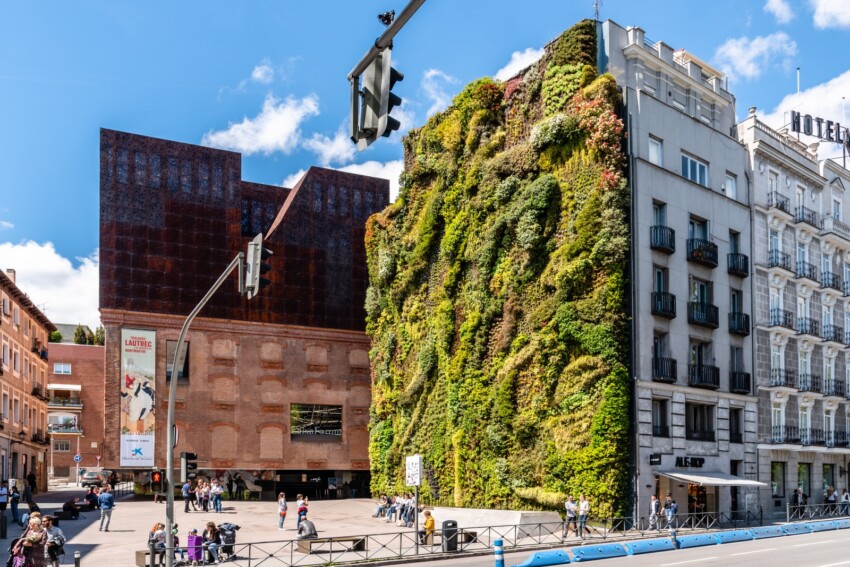
The Caixa Forum is a famous cultural centre in Madrid opened in 2008; designed by the prestigious Swiss studio Herzog & de Meuron, it has an exhibition space used for art, architecture and design exhibitions.
The programme of activities organised by the centre, including exhibitions, performances, lectures and workshops, is very rich but its main attraction is its location, an original building converted from a former power station that has become an architectural symbol of modern Madrid.
A stone’s throw from the Paseo del Arte, it is a building that clearly stands out from its surroundings: what makes it immediately recognisable are its eccentric vertical garden and the texture of its oxidised corten façade cladding.
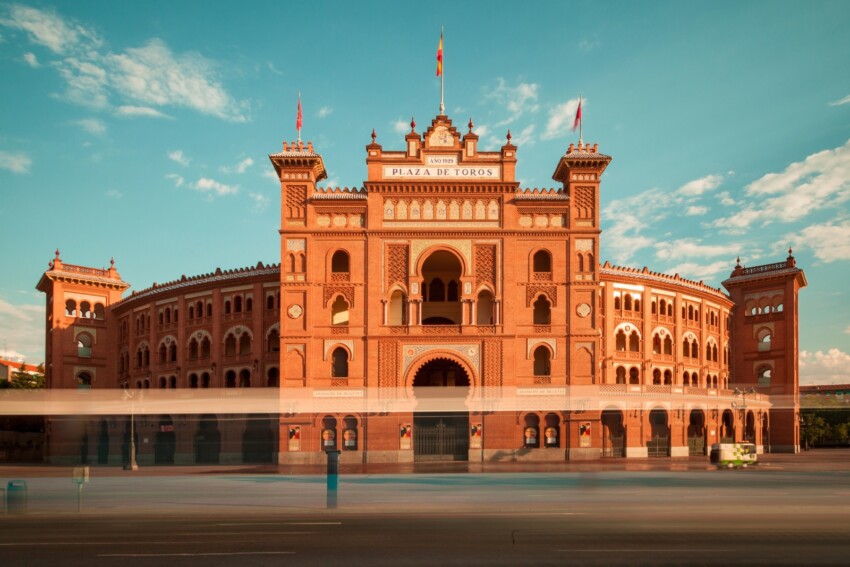
Located inside the Arena Monumental de Las Ventas, one of the world’s largest plaza de toros, the Museo Taurino in Madrid will allow you to learn more about one of the most representative traditions of Spanish culture: bullfighting.
On display are photographs, historical documents, posters, an extraordinary collection of shiny traje de luces, (the typical costume of the toreros) and other objects related to the Spanish bullfighting tradition. One wing of the museum is dedicated to busts and sculptures of the protagonists of the history of bullfighting, including bulls.
Where better in Europe to find a good museum dedicated to America than in Spain, the country from which the historic expedition that led to the discovery of the New Continent departed?
The collection of the Museum of America in Madrid comprises over 25,000 works ranging from American prehistory to the present day, with an emphasis on pre-Columbian archaeology, ethnography and colonial art.
The highlights of the collection are two:

The Real Madrid Museum, officially Tour Bernabeu, is the museum that collects the history and trophies of Real Madrid, one of the most famous football clubs in the world. The museum runs beneath the Santiago Bernabeu stadium, a true institution in the world of football. With a single admission ticket, you have the opportunity to visit – in addition to the Real Madrid museum itself – the ‘secret’ areas of the stadium inaccessible to the public under normal circumstances, such as the tunnel leading to the pitch, the dressing rooms, the press room, the benches and the press box.
After the stadium tour, it is time to admire all the trophies won by Real Madrid on display in the museum’s showcase. There are also many other unmissable areas, including a children’s play area, an area dedicated to the Real Madrid women’s club, an area displaying the process of the stadium’s transformation over the years, and of course a series of areas in which to take beautiful photos, which you can then download from the museum’s official website.
The Real Madrid museum can be visited on your own or with an official guide for an extra charge at the entrance.
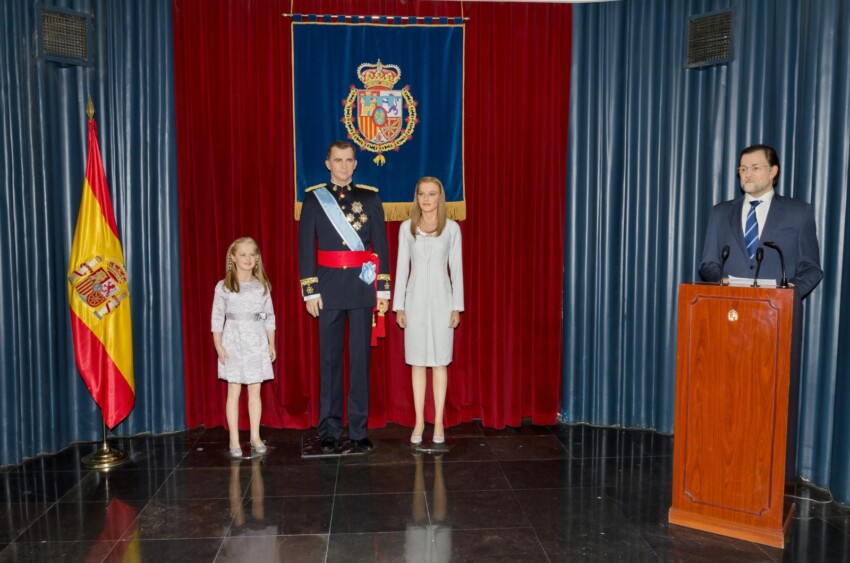
The Museo de Cera de Madrid, i.e. the Wax Museum, was founded in 1972 and exhibits more than 450 life-size wax figures, mainly internationally renowned artists, actors, singers and prominent personalities of Spanish society. It covers an area of more than 2000 square metres and hosts around 300,000 visitors each year. Those already familiar with the idea of a Wax Museum will already know what to expect, having already visited museums in other European cities such as London, Amsterdam or Barcelona.
If, on the other hand, you are not familiar with the format, know that you will “meet” wax copies of political figures like Donald Trump or Barack Obama, showbiz celebrities like Taylor Swift or Leonardo di Caprio, sports stars like Cristiano Ronaldo or Rafael Nadal, and much more. Life-size figures that are created by the museum’s masters in about six months of work.
The Madrid Wax Museum is located between the districts of Chueca and Salamanca, north of the Parque del Retiro.
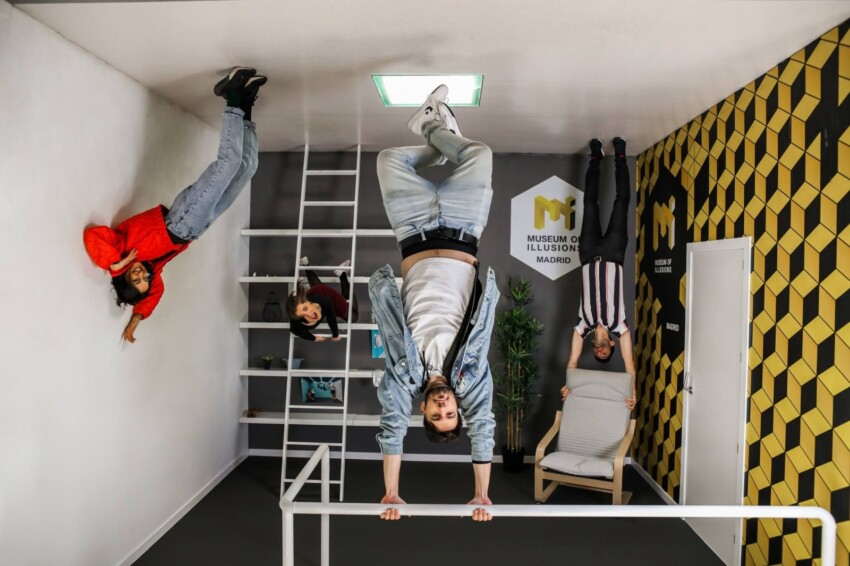
The Madrid Museum of Illusions is an ideal attraction for social addicts, a world of illusions that will delight all ages. It is a perfect space for new experiences and fun with friends and family: fun is guaranteed not only for children, but also for parents, couples, grandmothers and grandfathers.
In the following map you can see the location of the main places of interest mentioned in this article.
City Card allow you to save on public transport and / or on the entrances to the main tourist attractions.

